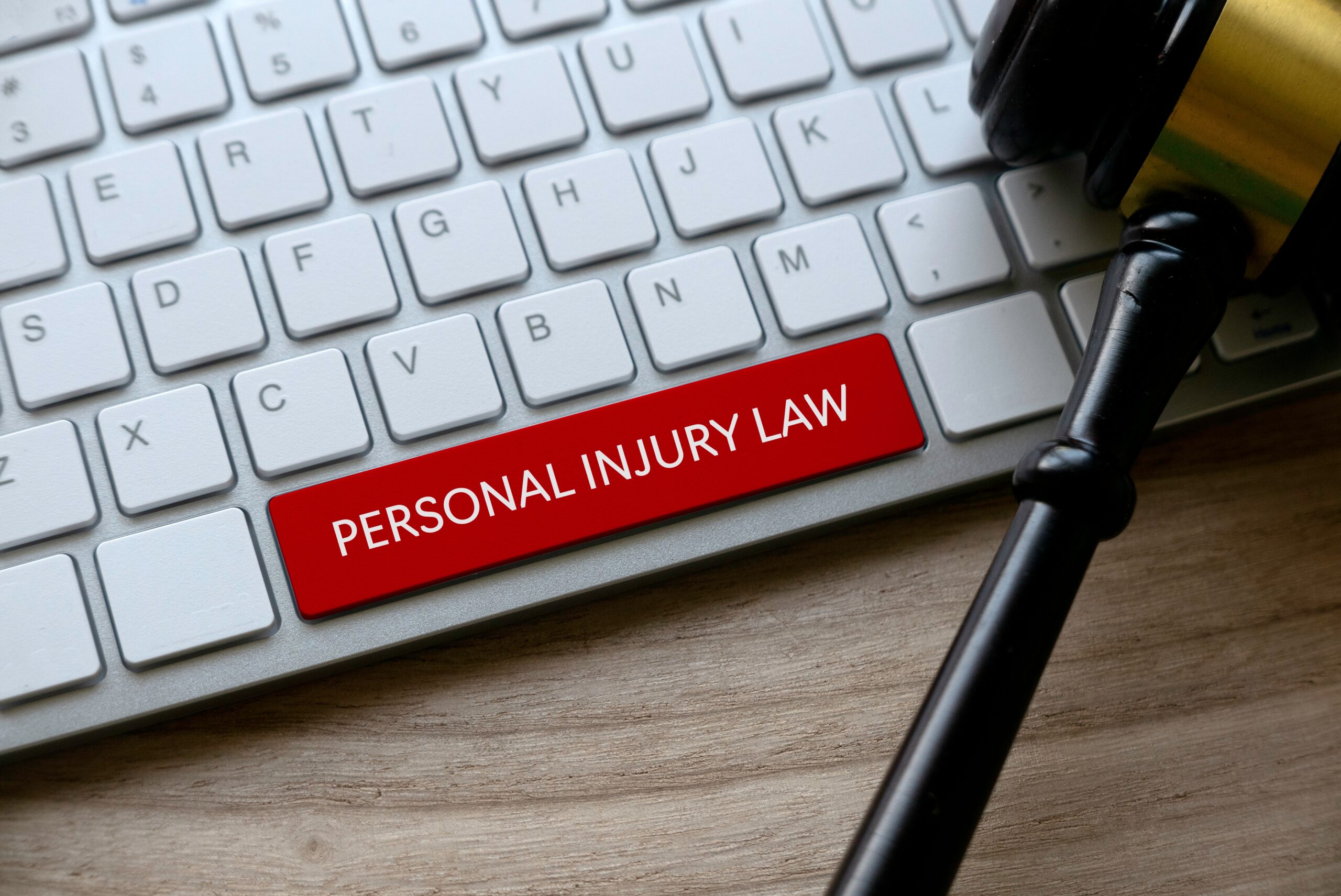When you find yourself in need of a personal injury lawyer, one of the primary considerations you’ll likely have is the cost of legal representation. Most personal injury attorneys work on a contingency fee basis, which means they receive a percentage of the settlement or award rather than charging hourly rates. This arrangement aligns the interests of the lawyer and the client, as the lawyer only gets paid if they successfully recover money on the client’s behalf. But what percentage do these lawyers typically take, and what should you expect when entering into such an agreement? In this detailed guide, we’ll explore the standard rates, the factors influencing these percentages, and what you can expect throughout the process.
Understanding Contingency Fees
What Is a Contingency Fee?
A contingency fee is a payment arrangement that allows individuals who have suffered personal injuries to obtain legal representation without needing to pay upfront fees or hourly rates. Under this agreement, lawyers’ fees are contingent upon winning the case or securing a settlement for the client. The fee is typically a percentage of the recovered amount.
Typical Percentage Rates
- General Range: The most common percentage that personal injury lawyers take ranges from 25% to 40%.
- Standard Agreement: In many cases, the standard contingency fee is around 33% or one-third of any settlement or judgment.
The percentage can vary based on several factors, including the complexity of the case, the amount of expected recovery, the phase at which the case is resolved (pre-litigation vs. after filing a lawsuit), and the specific terms agreed upon by the attorney and the client.
Variations by Case Type:
- Accident and Injury Cases: For straightforward cases like auto accidents or slip and fall injuries, fees tend to hover around the 33% mark.
- Medical Malpractice and Class Actions: These cases might attract higher percentages due to their complexity and the higher costs involved in pursuing them.
- Settlements vs. Trials: If a case is settled before a lawsuit is filed, the percentage might be lower. If it goes to trial, the percentage could increase due to the additional work and resources required.
Factors Influencing the Percentage
Case Complexity
More complex cases require more time, resources, and advanced legal skills, which can justify a higher contingency fee. For example, cases involving medical malpractice typically involve expert testimony, detailed medical records analysis, and a need to prove negligence in a complex medical context.
Litigation Stage
The stage at which a case is resolved can also affect the contingency fee. Cases settled out of court typically require less time and fewer resources than those that go to trial, potentially lowering the fee percentage.
Geographic Location
Legal fees, including contingency percentages, can vary by location based on the local legal market and state regulations. Some states have statutory limits on contingency fees, especially in medical malpractice cases.
Attorney’s Expertise and Reputation
Experienced lawyers or those with a specialty in a particular area of personal injury law might charge higher fees due to their expertise and track record of securing large settlements or verdicts.
What Does the Contingency Fee Cover?
When you hire a personal injury lawyer on a contingency fee basis, the agreement typically covers all aspects of case preparation and court representation, including:
- Gathering evidence and conducting investigations
- Filing court documents and handling legal paperwork
- Negotiating with insurance companies and other parties
- Representing the client in court, if necessary
Additional Costs
It’s important to understand that while the contingency fee covers the lawyer’s services, there might be other case-related costs not included in this fee:
- Court fees: Filing fees and other court costs.
- Expert witness fees: Payments for expert testimony, which can be crucial in proving your case.
- Administrative expenses: Postage, copying, and other miscellaneous costs.
These expenses may be paid upfront by the lawyer, who will then be reimbursed from the settlement or judgment. Always ensure these terms are clearly outlined in your contingency fee agreement.
Negotiating Contingency Fees
While contingency fee percentages are generally standard, they are not set in stone. You have the option to negotiate these fees. When doing so, consider:
- The estimated value of your case
- The lawyer’s experience and success rate
- The complexity of your legal issue
Conclusion
Understanding the financial dynamics of hiring a personal injury lawyer can significantly impact your decision when choosing the right attorney. Knowing what percentage lawyers take for personal injury claims and the factors influencing these fees can help you manage your expectations and make informed decisions about your legal representation. Remember, a good personal injury lawyer will not only be transparent about their fees but also about how they can add value to your case and increase your chances of receiving fair compensation.
If you have further questions or need specific advice tailored to your situation, consider reaching out for a consultation. Our team is committed to providing transparent and effective legal solutions to help you navigate your personal injury claim.
